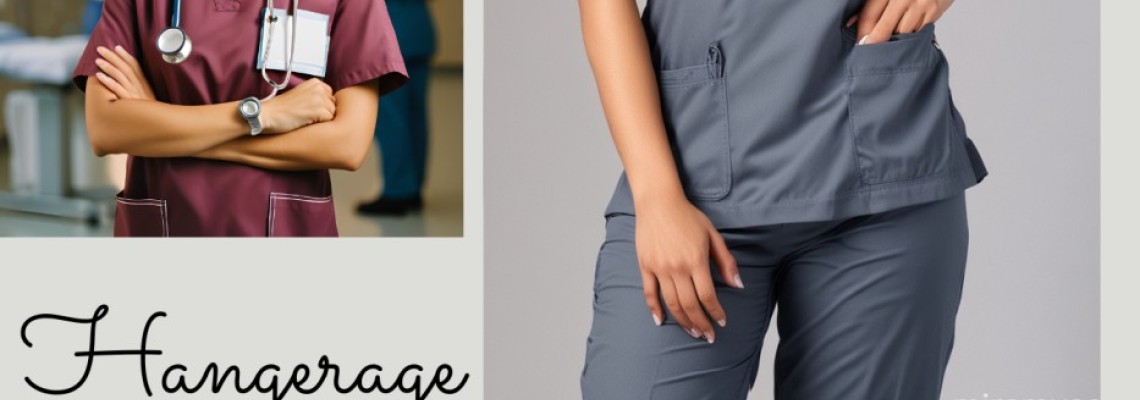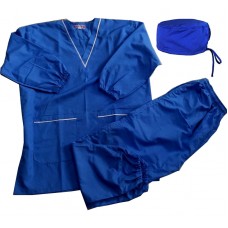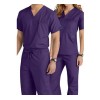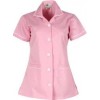
# How to Choose the Right Medical Uniform: A Guide for Healthcare Professionals
Introduction
Medical uniforms are more than just work attire; they are essential for hygiene, comfort, and professionalism in the healthcare industry. Whether you're a doctor, nurse, or hospital staff, selecting the right uniform can impact your daily efficiency and confidence. This guide will help you choose the best medical uniform based on fabric, durability, fit, and functionality.
1. Fabric Matters: Comfort & Breathability
Choosing the right fabric is crucial for all-day comfort and ease of movement. The most common fabrics used in medical uniforms include:
- Cotton Blends – Soft, breathable, and comfortable but may wrinkle easily.
- Polyester Blends – Durable, wrinkle-resistant, and moisture-wicking.
- Antimicrobial Fabrics – Helps prevent bacterial growth, keeping uniforms hygienic.
Opting for moisture-wicking and stain-resistant fabrics ensures that the uniform remains fresh throughout long shifts.
2. Fit & Style: Balancing Comfort with Professionalism
The fit of your medical uniform directly affects your comfort and mobility. Consider:
- Loose vs. Fitted Scrubs – Loose scrubs provide more airflow, while fitted ones give a professional appearance.
- Elastic or Drawstring Waistbands – These ensure better adjustability and comfort.
- Side Slits & Stretch Panels – Improves movement, especially for active roles like nurses and emergency responders.
3. Durability & Maintenance
Medical uniforms endure frequent washing and exposure to chemicals. Here’s what to consider:
- Reinforced Stitching – Prevents wear and tear.
- Fade & Shrink-Resistant Fabric – Keeps uniforms looking new longer.
- Easy-to-Wash Materials – Look for machine-washable fabrics with quick-dry properties.
4. Color & Customization Options
Different hospitals and medical centers follow specific color codes for various roles. Common color associations include:
- Blue & Green – Surgeons and nurses.
- White – Doctors and lab professionals.
- Maroon & Burgundy – Emergency staff.
Customization options such as embroidered logos, name tags, or personalized monograms add a professional touch to your attire.
5. Pockets & Functionality
Medical professionals need functional uniforms that provide ample storage for tools, such as:
- Multiple Pockets – Ideal for carrying pens, notepads, and medical instruments.
- Cargo Scrub Pants – Extra storage for gloves, small devices, and thermometers.
- Zippered or Buttoned Pockets – Helps secure valuables like IDs and mobile phones.
6. Sustainability & Eco-Friendly Uniforms
With the rise of eco-conscious fashion, sustainable medical wear is gaining popularity. Benefits include:
- Organic Cotton & Recycled Polyester – Reduces environmental impact.
- Biodegradable Fabric Options – Helps decrease medical waste.
- Low-Impact Dyes – Ensures that uniforms are free from harmful chemicals.
Conclusion
Choosing the right medical uniform is vital for performance, comfort, and hygiene. Whether it’s selecting the best fabric, finding the perfect fit, or opting for functional designs, investing in high-quality uniforms enhances your daily work experience. Explore the latest collection of premium medical uniforms at Hangerage.com and experience the perfect blend of comfort and style!




-100x100.jpg)

Leave a Comment